
Multicloud is inevitable. When I look at successful platforms recently, they all have one thing in common. They are either cloud agnostic, or could easily be if they wanted to. Platform engineering standards, best practices and new tooling are making it easier and easier to care less and less about which cloud provider you’re using.
Sure, it is early days.
But today, just as no one here reading this would bat an eye at live migration of workloads between servers, I think 10 years from now we’ll look back and see that platform engineering had the same impact on cloud.
Cloud might be an infinitely more complicated beast. But what platform engineering is doing is infinitely cool.
That’s not to say cloud migration isn’t (currently) very hard. Between manual resource discovery, endless scripting, and mapping dependencies by hand, the whole process can be slow, messy, and full of risk. Plus, with compliance requirements lurking basically everywhere, the stakes couldn’t be higher.
Platform engineering is changing that however.
This week's blog / community webinar combo from Arshad Sayyad and Arunav Sarkar from Stackgen is the perfect example.
They break down the real challenges of cloud-to-cloud migration, what works, what doesn’t, and why so many teams still get stuck. They talk about unnecessary lift-and-shift, how to ensure security and compliance don’t fall apart mid-migration, and show off the stuff they’ve built for automation, better visualization, and built-in governance.
As platform engineering starts to commodify the cloud more and more, what they have to say is invaluable for anyone thinking about multicloud (and if you aren’t yet - you should be).
Go check out their community webinar.





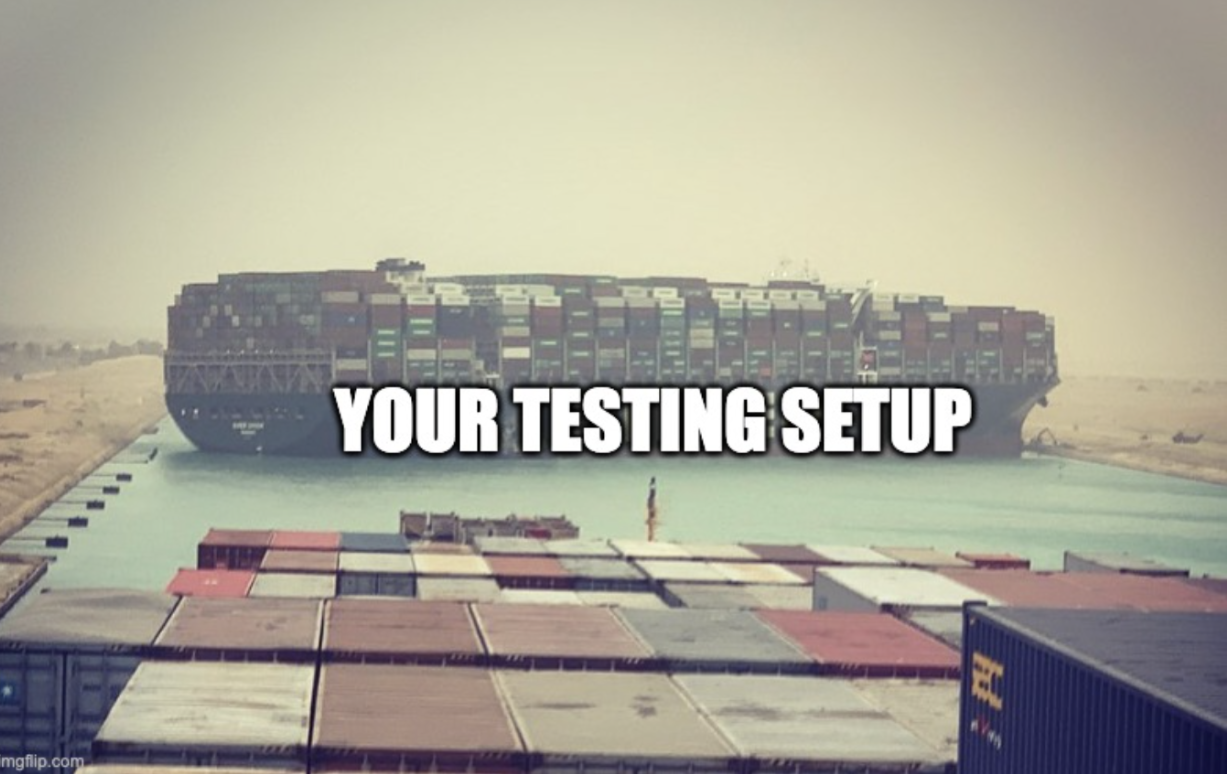
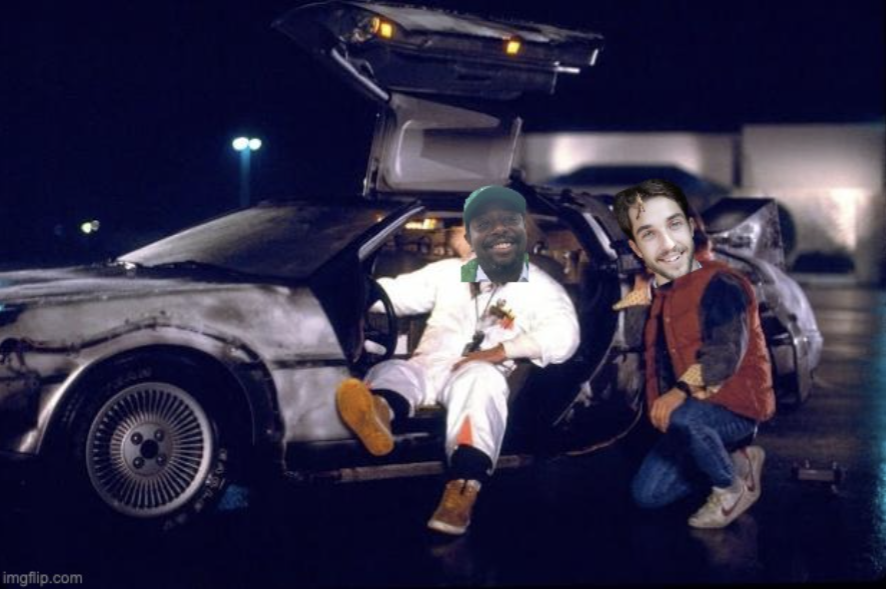


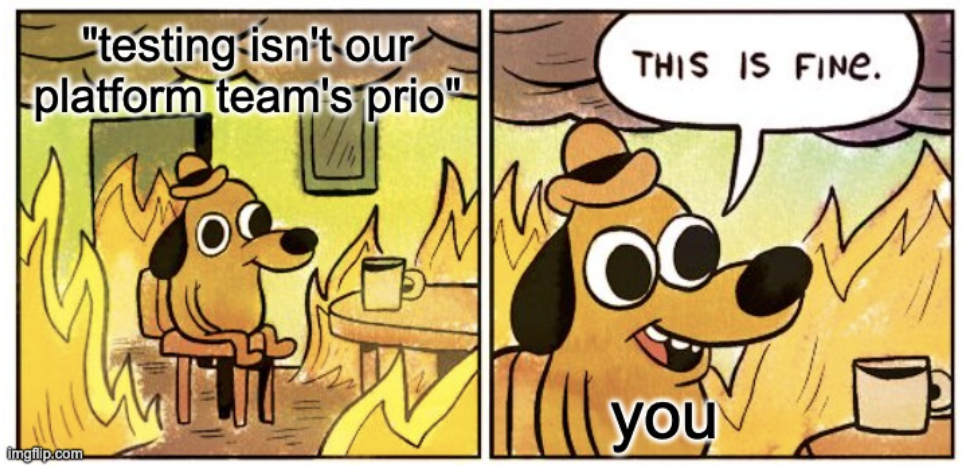

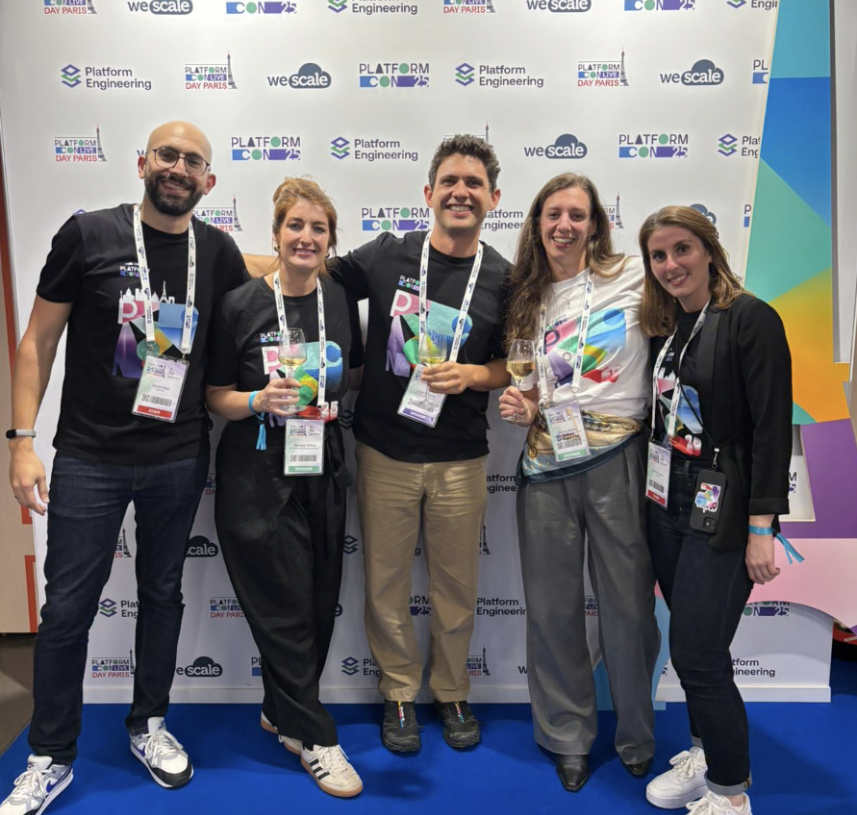
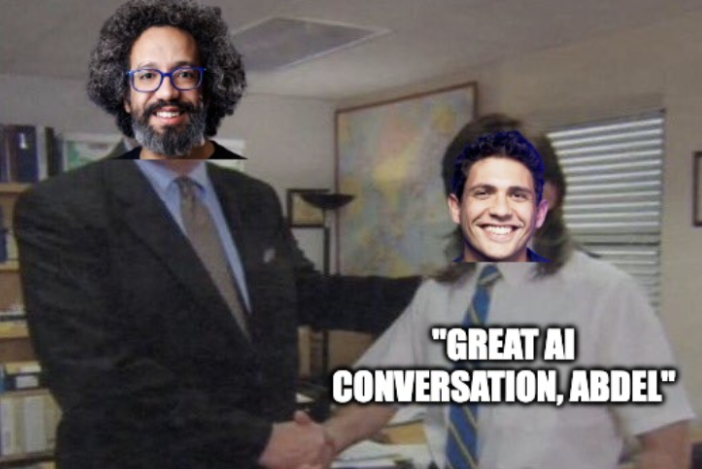




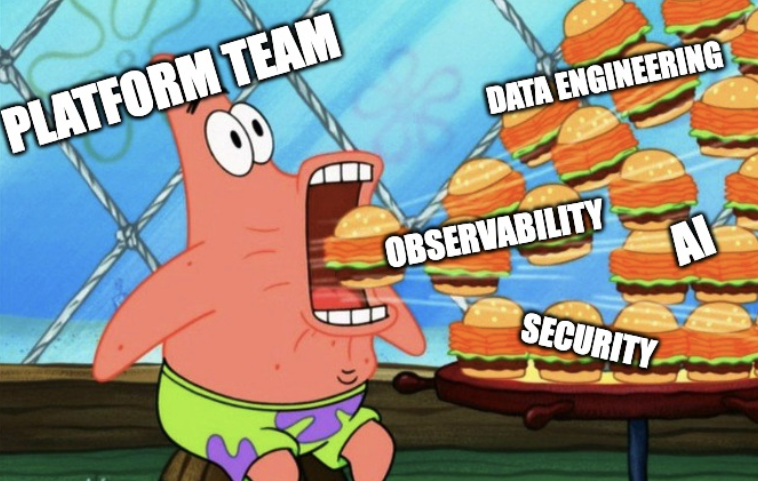
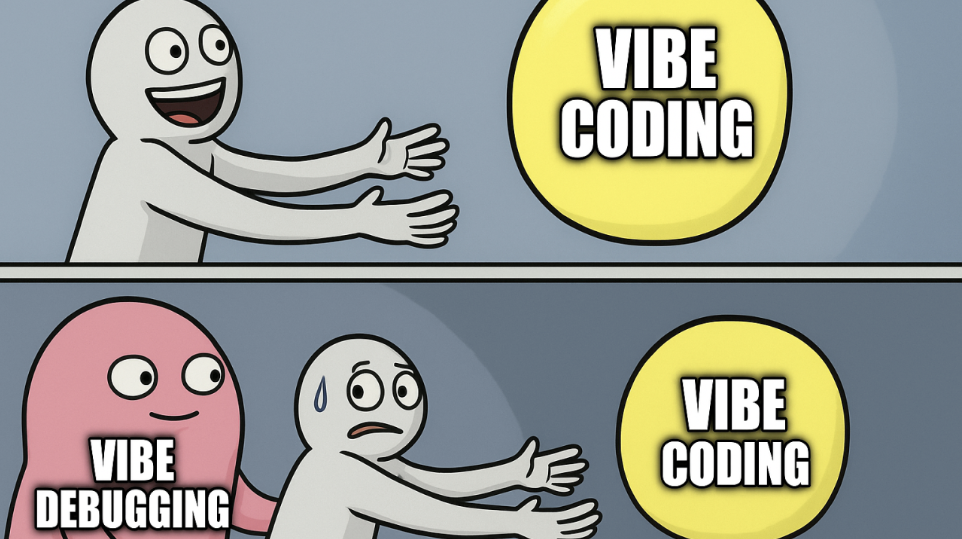

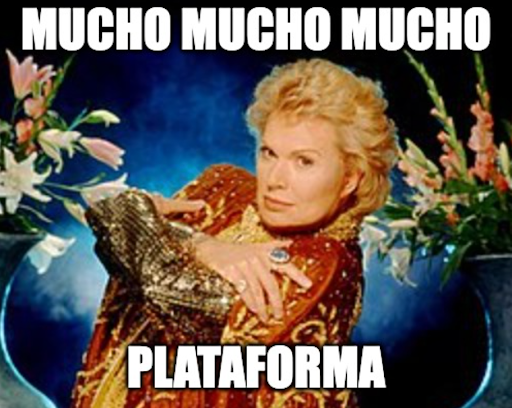
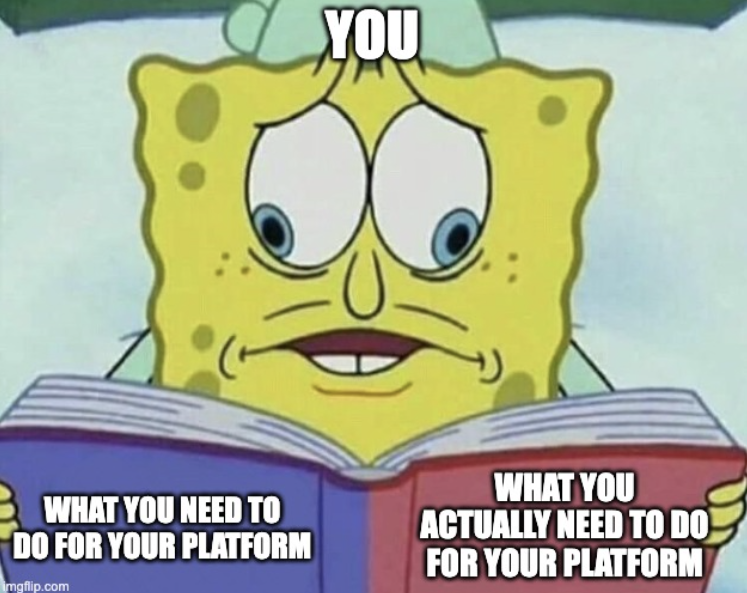

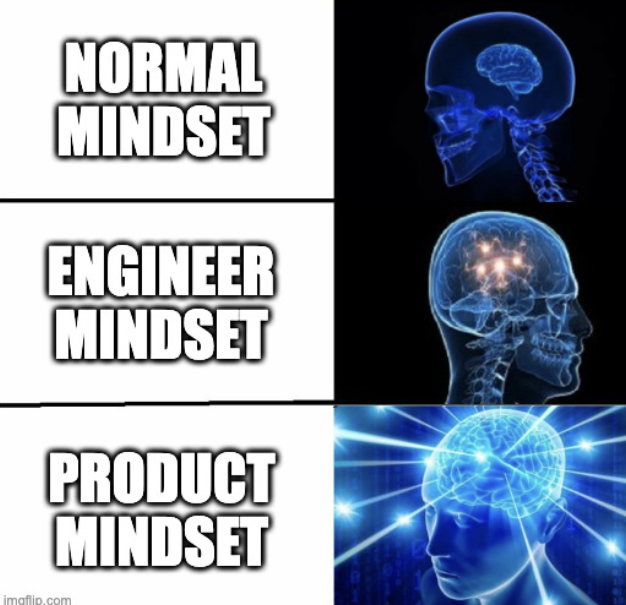
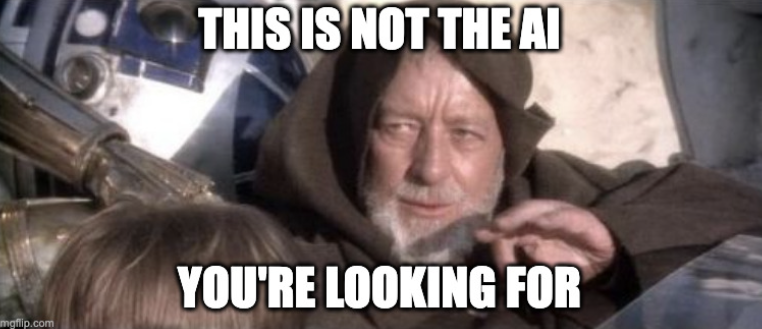
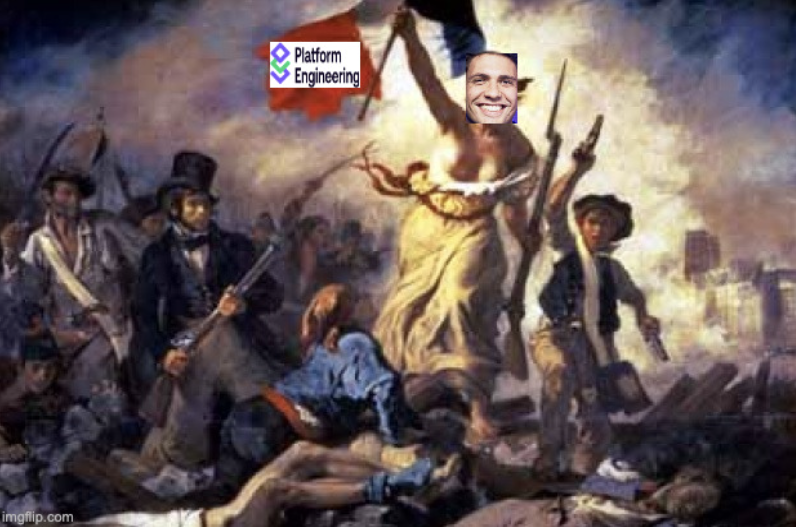

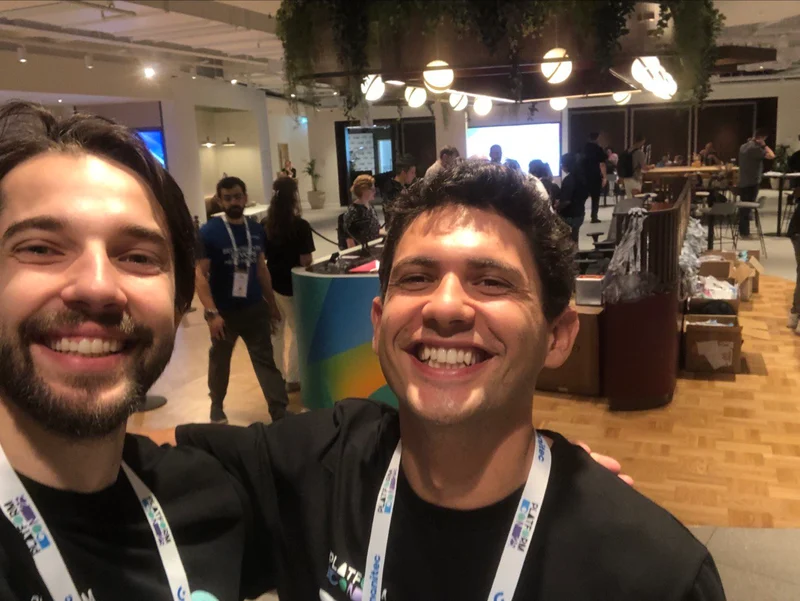

.webp)
.webp)




.webp)
.webp)

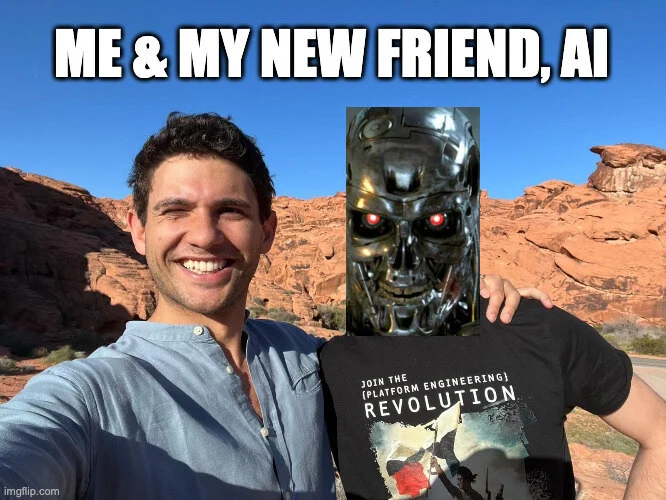
.webp)
.webp)
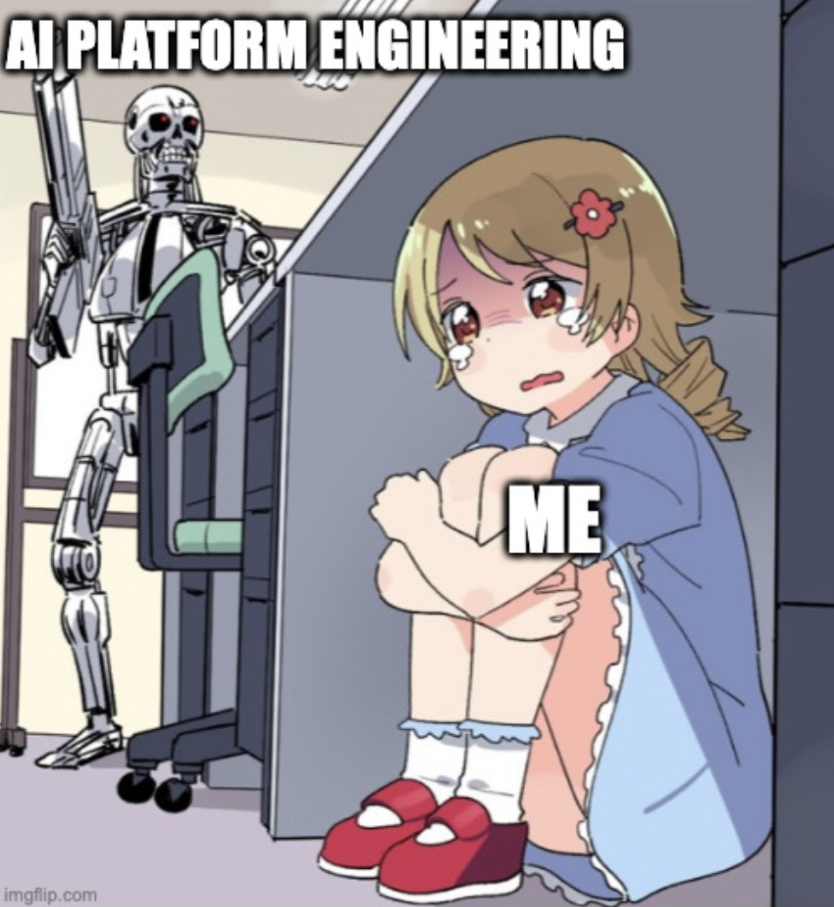
.webp)

-1.webp)














.jpg)
.jpg)
.jpg)
.jpg)
.png)
.jpg)
.png)
.jpg)
.jpg)
.jpg)


.jpg)
.jpg)
.jpg)
.jpg)
.jpg)
.png)
.jpg)
.jpg)
.jpg)
.jpg)
.jpg)
.jpg)
.png)
.jpg)
.jpg)
.jpg)
.jpg)
.jpg)
.jpg)











